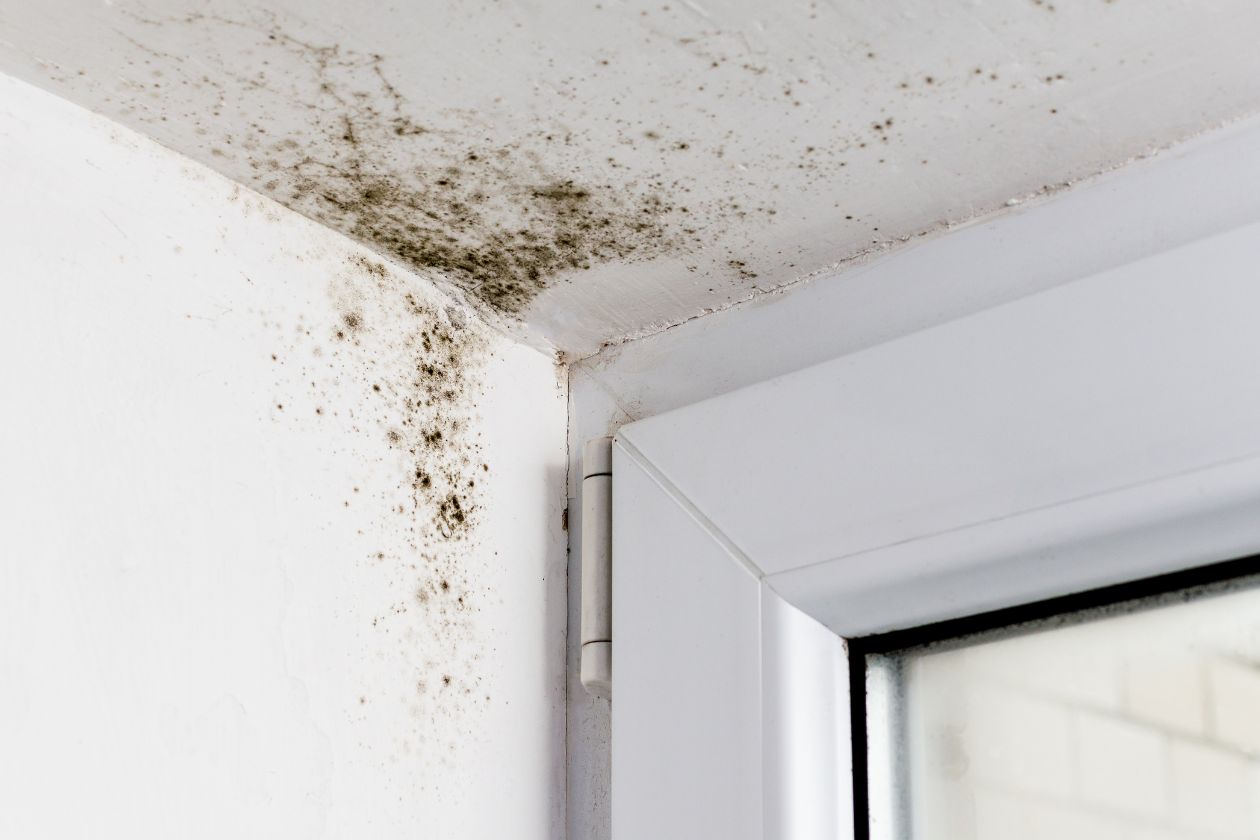[su_note note_color=”#ffe3e6″]This post contains affiliate links. Affiliate disclosure: As an Amazon Associate, we may earn commissions from qualifying purchases from Amazon.com and other Amazon websites.[/su_note]
One of the most common ways to discover you have mold at home is through sight or smell, but your body can alert you to mold growth as well. This is especially true if you have a mold allergy. A mold allergy is just one of the common health risks associated with mold exposure, but there are other serious and minor risks as well. Learn more about mold and how it affects your health here.
Table of Contents
Allergic Reactions to Mold
Some of the most common health risks associated with mold exposure are allergic reactions. Common symptoms of allergic reactions to mold include watery eyes, a runny nose, sneezing, itchy eyes and nose, dry skin, and even rashes. If you have a mold allergy and come in contact with mold or mold spores, it could result in any of these symptoms. Fortunately, there are many ways to treat these allergy symptoms, including mold rash.
Nonallergic Mold Reactions
Exposure to mold spores can affect people with mold allergies as well as people without allergies. Mold reactions are most common and notable in people with seasonal allergies or specific mold allergies, but nonallergic people can still show symptoms. Mold spores are known to irritate the skin, eyes, nose, throat, and even lungs of non–allergy sufferers as well. This is why you should regularly monitor your home’s air quality even if you don’t have seasonal allergies. Common household allergens such as dust and mold can still affect your health.
Severe Mold Reactions & Risks
Mold exposure becomes more dangerous in people with preexisting conditions such as asthma, lung problems, and chronic illnesses. Because mold spores affect the airways, breathing can become exceedingly difficult for people who already have trouble breathing in certain conditions. Mold exposure can cause people to experience asthma attacks, shortness of breath, and worse. If you know you have any preexisting breathing problems, prevent moisture and mold growth at home and avoid mold-prone areas.
To prevent these health risks associated with mold exposure, you must first crack down on mold growth in the first place. Monitoring moisture growth, changing air filters regularly, and maintaining adequate ventilation are all smart ways to prevent mold at home.




